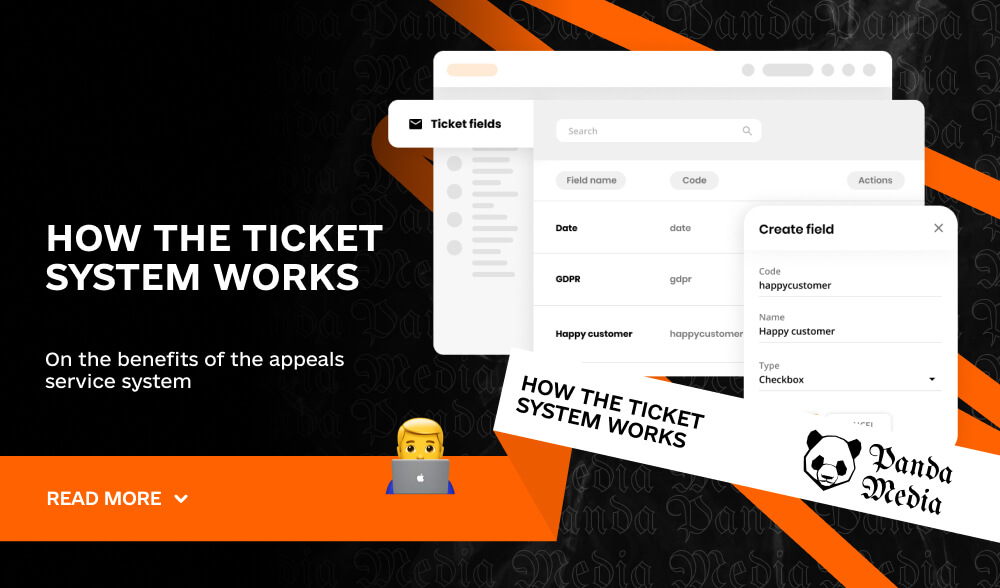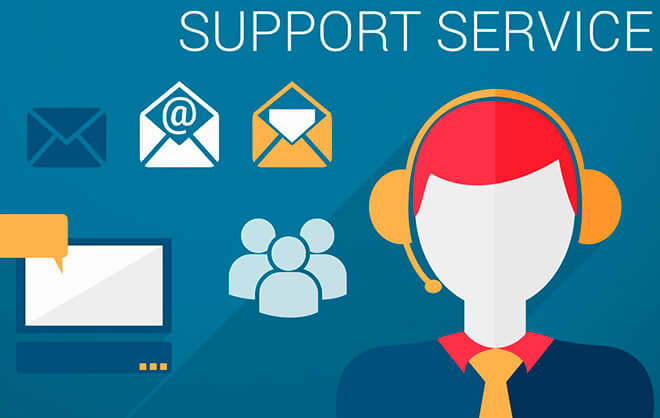Don't miss interesting news

Ticketing system – what it is and how the system works

Multichannel communication with customers is one of the drivers of modern business growth. Large and powerful companies always have a large flow of requests. Every day, the support team can receive dozens or even hundreds of requests for technical support, and everyone expects a quick response. How prompt and complete it will be depends on the communication channel and the way the company has chosen to process requests. This is exactly what the ticket system is responsible for. Let us consider its essence and advantages.
Ticket (from English ticket) in translation from IT language into Ukrainian is an application or appeal. Accordingly, a ticket system is a system for processing customer requests.
This system is partially automated, that is, each application, no matter whether it is a question or a failure message, receives an identification number, is tied to the client’s contract number and IP and has the following attributes:
As for the status, tickets have four of them:
Obviously, not every company needs a ticket system. But it is a must-have for those businesses that work closely with users, receive a lot of requests, provide advice and support.
Small companies that receive no more than two to five requests per day, and only through one or two channels, for example, in the form of emails or chat messages, can get by with “manual” methods of processing.
But when the number of requests increases over time, the usual tools are not enough:
That’s when the need to implement an automated, user-friendly ticketing system arises.

It’s worth noting that we answer general questions by phone, email, and chat. We advise on tariffs and additional services in any convenient way, but requests for technical work, client accounts, service activation/deactivation, server maintenance, etc. are handled through the technical support ticket system. There are several reasons for this, which we will analyze below.
When customers who are not familiar with technical nuances contact support, a phone consultation is complicated by emotions and unnecessary details. In text, people describe the problem more formally, which means it is easier for a specialist to understand the situation and answer the request.
It is difficult to identify a customer by phone and email: the phone can be stolen, and the letter can be sent from an open email program window. To write a ticket, you need to at least log in to the system. It is much more reliable to identify a customer by the contract number and IP.
The history of correspondence is stored in the technical support ticket system. At any time, you can open it and view it, restoring the request, the specialist’s response, and the process of resolving the issue by seconds.
In addition, all employees connected to the ticket see the original data and comments on the problem. This simplifies the resolution of disputes and helps to coordinate work if several specialists are working on the same task.
To evaluate the effectiveness of telephone technical support, you have to listen to call recordings. With a ticket system, it is easier – it is enough to take the requests assigned to the employee from the archive and see if he or she meets the response speed standards, how quickly he or she finds a solution, and what ratings customers give.
Analysis of technical support tickets is extremely valuable information. By studying the history of correspondence, you can collect the most frequent questions and solutions, find typical problems, and work on them proactively. Frequently repeated tickets become the basis for FAQs and bases for writing technical incident resolution guides.
In general, as our long-term practice of working through tickets, phone and e-mail has shown, it is, of course, more familiar, but only ticket systems allow you to quickly and securely manage requests and improve support performance to a level that suits both the data center and the data center’s customers.

A ticket system will be useful for every business that receives dozens of requests every day. It can be call centers, hospitals, technical support departments or service centers, carriers and postal services, medical institutions. Modern ticket systems are flexible enough to be customized to meet the needs of a particular business.